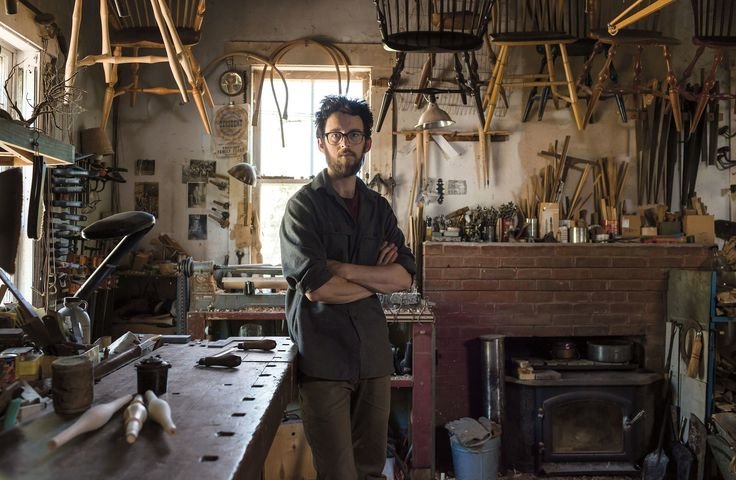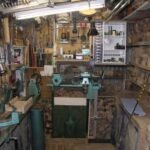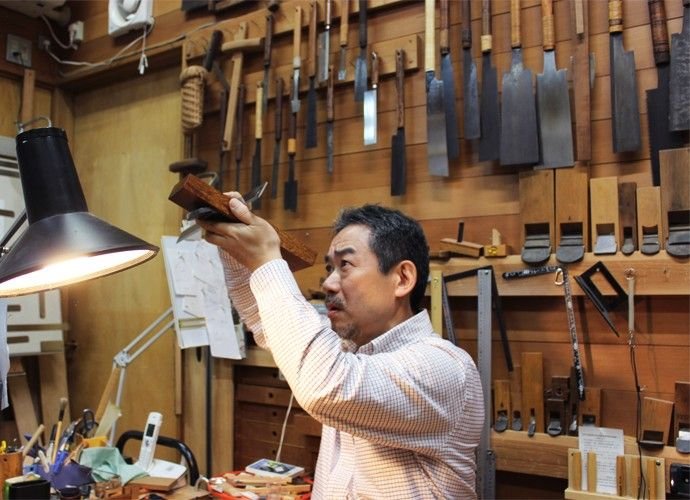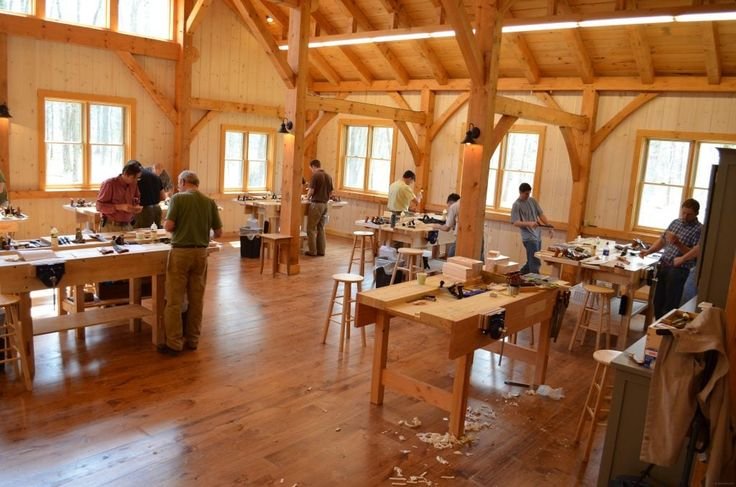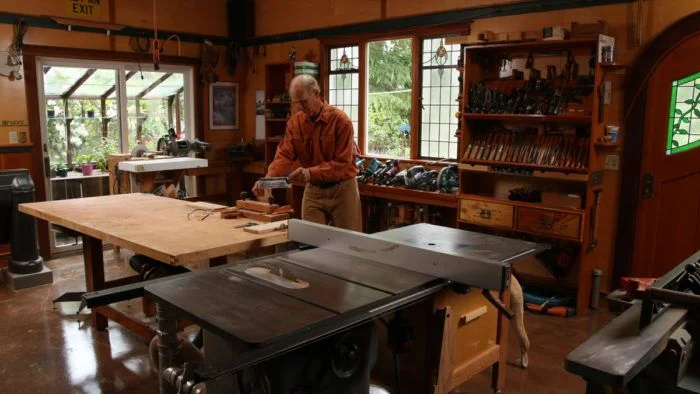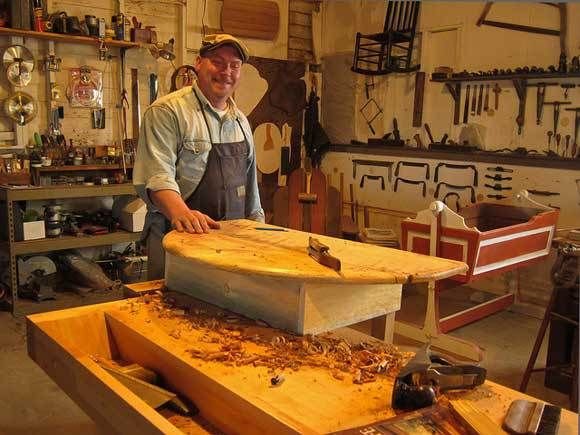Finding My Way Through Wood: Joining Techniques and a Few Missteps
So, there I was, sitting in my cluttered garage, the smell of fresh-cut pine swirling around me like an old friend. I’d just brought home a load of 1×8 pine boards, and they were still warm from the sun, with that yummy, sweet scent you can only find in a hardware store after a good day’s harvest. I was pumped. You know that feeling? It’s like the world’s biggest blank canvas has suddenly appeared, just waiting for you to create something beautiful. But of course, as you might guess, it didn’t all go as smoothly as the Instagrammers make it seem.
Now, I’ve played around with woodworking for years. I’m no expert, but I can manage a decent shelf or a couple of picnic tables here and there. Still, it wasn’t until I decided to tackle a dining table for my slowly growing family that I discovered the magic — and the trials — of joining wood techniques.
The Idea: A Family Table
I thought to myself, “How hard can it be to make a decent dining table?” Yeah, famous last words, right? So I laid out my plan: I’d use pocket-hole joinery for the legs and a simple butt joint for the tabletop boards, because honestly, I thought, “Why complicate things?” But then, with my usual gusto, I went in headfirst and ended up biting off more than I could chew — like attempting to eat a Thanksgiving turkey all on my own.
The First Hiccups
I’ll never forget the moment I realized I hadn’t properly aligned my pocket holes. You’d think I’d learn to take my time after all these years, but nope. I took the Kreg jig out, just like I’d seen in a YouTube video, and imagined myself as some woodworking wizard, making sparks fly and all that.
Well, let me tell you, the only sparks flying were the ones from my temper when I saw that my legs were all twisted out of whack. What a mess! I almost threw my tape measure out the garage door in frustration. Who knew a simple miscalculation could lead to such a catastrophe? It felt like a gut punch, but I took a breath, set the coffee down (which, by the way, was getting cold like my enthusiasm), and decided to tackle one thing at a time.
Learning Through Mistakes
That’s where I started to get really creative — and not in a good way at first. I thought maybe I could salvage it by using some wood filler on the less-than-perfect joints. Does anyone else get that sickly sweet smell of wood glue when they open up a bottle? It’s like a weird mix of school memories and botched projects. But hey, it worked! Kind of.
The filler turned out to be a patch job, yes, but it gave me a chance to practice sanding — and boy, did I sand everything down to an embarrassing shine. Honestly, it’s a bit of a love-hate relationship for me and sanding. The sound of the sander buzzing away is almost soothing, but it can easily slide into that “Oh God, I have to sand this whole thing again?” territory. Each swipe revealed more flaws than I’d like to admit, but with each one, I learned something about patience, and much to my surprise, a little creativity goes a long way.
The Major Breakthrough: Joining Techniques
Now, let me tell you about this moment of revelation. I remembered my neighbor Bob one day, who’s a retired carpenter. We had our small-town chats over the fence, and he once mentioned something about dowel joints. At the time, I didn’t think much of it, but there I was, searching YouTube again for a second opinion. I stumbled onto tutorials that showed how dowel joints could provide incredible support.
So I went old school and whipped out my doweling jigs. They were a bit rusty, but I was determined. After much trial and error — and possibly one more coffee than I should have had — I finally got my alignment right. The feeling I had when everything clicked, when those boards fit together just right, was spectacular. I’m talking butterflies-in-the-stomach kind of feeling.
When It Actually Worked
The day I glued up that tabletop was a proud one. I remember stepping back and admiring my work, even with its minor imperfections. There’s something magical about standing back and seeing a piece of wood morph into something useful, something that could hold our family as we laughed over big spaghetti dinners or deep discussions. And the sound of that wood creaking as it came together? That sweet, satisfying pop that says, “Yep, you did it right,”— oh man, nothing beats that!
I guess what I’m trying to get at is this: every twist and turn, every little hiccup along the way taught me something profound about craftsmanship and, dare I say, about life. Sure, I made mistakes, but those mistakes? They made my table better— stronger, and even more unique.
In Conclusion: Embrace the Journey
Whether you’re joining wood or embarking on something new, you’ll probably trip a few times. But if you pick yourself up and keep going, you might end up with something wonderful— even if it’s not perfect. If you’re thinking about trying woodworking or something else that excites you, I say just go for it. Roll up your sleeves, drink that coffee, and don’t be too hard on yourself. Embrace your mistakes and turn them into lessons; you might just find your own version of a beautiful dining table waiting at the end. And who knows? You might end up with a story to share, just like I did.

